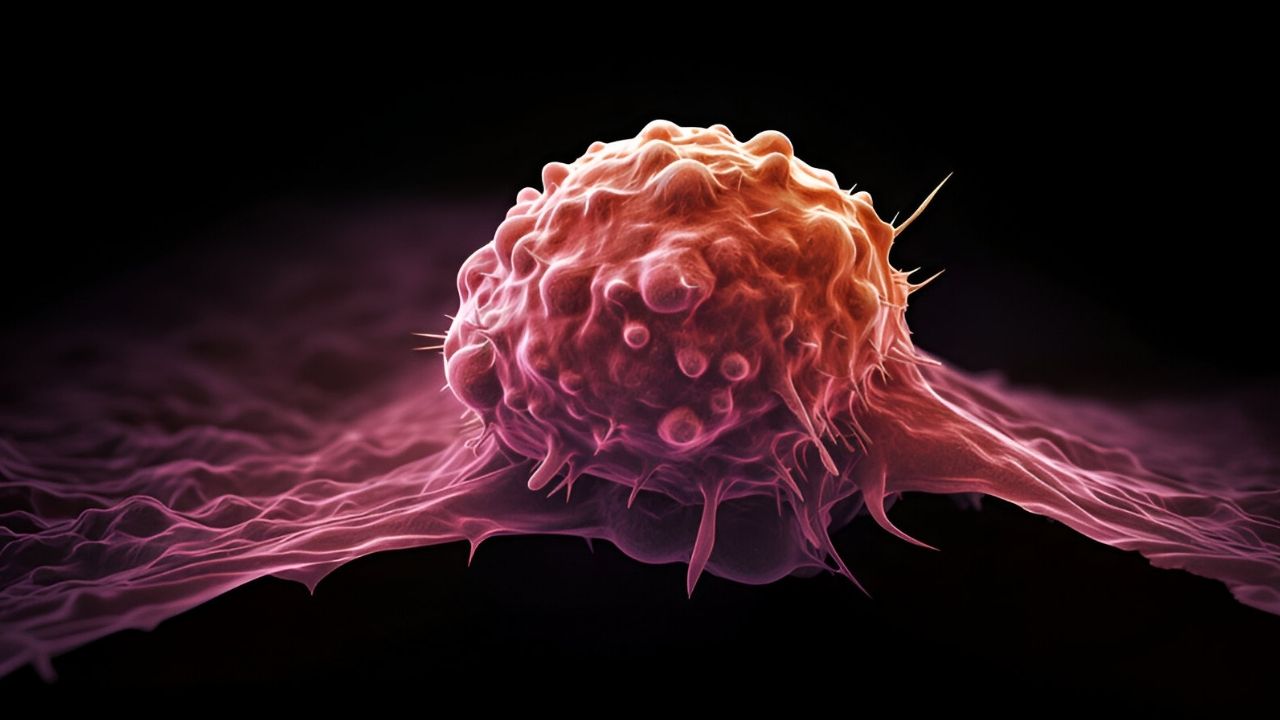
Carcinoma is a type of cancer that begins in the skin or tissues lining internal organs. It's one of the most common forms of cancer, affecting millions worldwide. Understanding carcinoma can help in early detection and treatment, which is crucial for better outcomes. Did you know that there are different types of carcinoma, including basal cell, squamous cell, and adenocarcinoma? Each type has unique characteristics and affects the body differently. Basal cell carcinoma is the most common but least likely to spread, while adenocarcinoma often affects organs like the lungs and colon. Learning about these facts can empower you to take proactive steps in managing health.
Key Takeaways:
- Carcinoma is the most common type of cancer, affecting the skin and internal organs. Early detection through regular screenings and healthy lifestyle choices can improve treatment outcomes and reduce the risk of developing carcinoma.
- Different types of carcinoma, such as lung, skin, and bladder carcinoma, have unique symptoms and risk factors. Understanding these differences can help in early detection and prevention, leading to better treatment options and outcomes.
What is Carcinoma?
Carcinoma is a type of cancer that begins in the skin or tissues lining internal organs. Understanding this disease can help in early detection and treatment.
- Carcinomas are the most common type of cancer, making up about 80-90% of all cancer cases.
- They originate in epithelial cells, which cover the inside and outside surfaces of the body.
- There are several subtypes, including adenocarcinoma, squamous cell carcinoma, and basal cell carcinoma.
Types of Carcinoma
Different types of carcinoma affect various parts of the body. Each type has unique characteristics and treatment options.
- Adenocarcinoma forms in mucus-secreting glands and is common in the lungs, prostate, and colon.
- Squamous cell carcinoma arises in the flat cells on the skin's surface and can also occur in the lungs, esophagus, and cervix.
- Basal cell carcinoma is the most frequent skin cancer, usually developing in sun-exposed areas like the face and neck.
- Transitional cell carcinoma affects the urinary system, including the bladder, ureters, and kidneys.
Symptoms of Carcinoma
Recognizing the symptoms early can lead to more effective treatment. Symptoms vary depending on the carcinoma type and location.
- Persistent cough or chest pain may indicate lung carcinoma.
- Unexplained weight loss and fatigue are common symptoms across many carcinoma types.
- Skin changes, such as new growths or sores that don't heal, can signal skin carcinoma.
- Blood in urine might be a sign of bladder carcinoma.
Risk Factors for Carcinoma
Certain factors increase the likelihood of developing carcinoma. Awareness of these can help in prevention and early detection.
- Smoking is a major risk factor for lung and bladder carcinoma.
- Prolonged exposure to the sun increases the risk of skin carcinoma.
- Family history of cancer can elevate the risk of various carcinomas.
- Age is a significant factor, with most carcinomas occurring in people over 50.
Diagnosing Carcinoma
Early and accurate diagnosis is crucial for effective treatment. Various methods are used to diagnose carcinoma.
- Biopsies involve taking a tissue sample for examination under a microscope.
- Imaging tests like X-rays, CT scans, and MRIs help locate and assess the extent of the carcinoma.
- Blood tests can detect specific markers associated with certain types of carcinoma.
- Endoscopy allows doctors to view the inside of organs and take tissue samples.
Treatment Options for Carcinoma
Treatment varies based on the type, location, and stage of carcinoma. Multiple approaches are often combined for the best results.
- Surgery aims to remove the tumor and some surrounding healthy tissue.
- Radiation therapy uses high-energy rays to kill cancer cells or shrink tumors.
- Chemotherapy involves drugs that target and kill rapidly dividing cancer cells.
- Immunotherapy boosts the body's immune system to fight cancer more effectively.
Prevention and Early Detection
Preventive measures and early detection can significantly reduce the risk and improve outcomes for carcinoma patients.
- Regular screenings, such as mammograms and colonoscopies, help detect carcinoma early.
- Avoiding tobacco and limiting alcohol consumption can lower the risk.
- Using sunscreen and protective clothing reduces the risk of skin carcinoma.
- Maintaining a healthy diet and regular exercise supports overall health and reduces cancer risk.
Carcinoma Statistics
Statistics provide insight into the prevalence and impact of carcinoma worldwide.
- Breast carcinoma is the most common cancer in women, with over 2 million new cases annually.
- Lung carcinoma is the leading cause of cancer death globally, accounting for nearly 1.8 million deaths each year.
- Prostate carcinoma is the second most common cancer in men, with around 1.3 million new cases each year.
Final Thoughts on Carcinoma
Carcinoma, a common type of cancer, affects millions globally. Understanding its symptoms, risk factors, and treatment options can save lives. Early detection remains crucial. Regular screenings and being aware of changes in your body play a significant role in catching carcinoma early. Treatments range from surgery and radiation to chemotherapy and targeted therapies. Each case is unique, so personalized care plans are essential. Lifestyle choices like a healthy diet, regular exercise, and avoiding tobacco can reduce risk. Stay informed and proactive about your health. Knowledge empowers you to make better decisions and seek timely medical advice. Carcinoma is serious, but with the right information and actions, you can improve outcomes and maintain a better quality of life. Stay vigilant, stay healthy.
Frequently Asked Questions
Was this page helpful?
Our commitment to delivering trustworthy and engaging content is at the heart of what we do. Each fact on our site is contributed by real users like you, bringing a wealth of diverse insights and information. To ensure the highest standards of accuracy and reliability, our dedicated editors meticulously review each submission. This process guarantees that the facts we share are not only fascinating but also credible. Trust in our commitment to quality and authenticity as you explore and learn with us.
